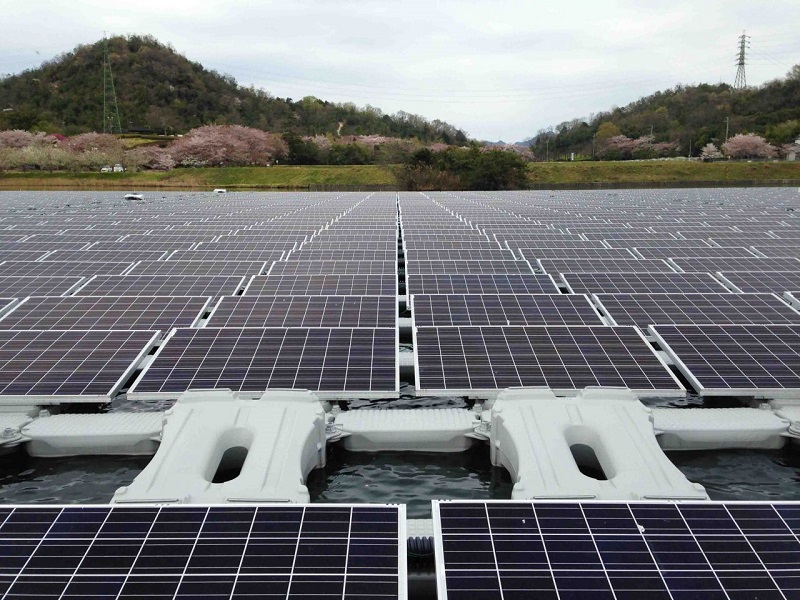The Ministry of Environment plans to put the new rules into effect from the beginning of August. Developers will no longer be permitted to install solar panels in areas that are susceptible to natural disasters, especially in mountainous parts of the country that are prone to landslides.
In an online statement, the ministry acknowledged that many solar projects have been built in particularly steep areas, because the cost of such land is relatively low.
The regulations, which will also prohibit the construction of PV plants in areas that have been demarcated for protection on environmental grounds, will identify areas that solar developers should avoid. For example, developers will be urged not to install solar panels on gradients of more than 15 degrees, the ministry said.
However, it will also release guidelines on additional sites that will demand more intensive review before the development of projects can proceed. In particular, it will identify specific protected areas and environmentally sensitive locations throughout the country’s Baekdudaegan mountain range, which spans most of the length of the Korean Peninsula.
In addition, the guidelines set out development plans to minimize the environmental impact of solar projects, including the protection of aquaculture resources and the minimization of topographical damage.
Earlier this month, fears regarding the safety of PV projects rose in South Korea after heavy rainfall triggered a landslide in Gyeongsangbuk province, sending solar panels skidding across a nearby stretch of road.
Popular content
The Ministry of Environment, the Ministry of Trade, Industry and Energy (MOTIE) responded by quickly launching a study with the Korea Forest Service to assess the safety of PV projects that have been installed on steep mountainsides. The two government entities have requested safety reports from more than 28,600 project operators, according to The Korea Times.
PV developers in land-scarce South Korea have also been aggressively installing floating solar arrays on ponds and reservoirs. More recently, Hanwha Q Cells Korea revealed plans to work with Dasstech and Dongwon EnC to build PV arrays at gas stations throughout the country.
MOTIE released a draft of its eighth basic plan for electricity supply and demand last December that sees the country installing 58.5 GW of renewables capacity by 2030, including as much as 30 GW of solar.
However, nationwide PV installations stood at just 5.06 GW by the end of 2017, according to statistics from the International Renewable Energy Agency (IRENA).
This content is protected by copyright and may not be reused. If you want to cooperate with us and would like to reuse some of our content, please contact: editors@pv-magazine.com.


By submitting this form you agree to pv magazine using your data for the purposes of publishing your comment.
Your personal data will only be disclosed or otherwise transmitted to third parties for the purposes of spam filtering or if this is necessary for technical maintenance of the website. Any other transfer to third parties will not take place unless this is justified on the basis of applicable data protection regulations or if pv magazine is legally obliged to do so.
You may revoke this consent at any time with effect for the future, in which case your personal data will be deleted immediately. Otherwise, your data will be deleted if pv magazine has processed your request or the purpose of data storage is fulfilled.
Further information on data privacy can be found in our Data Protection Policy.